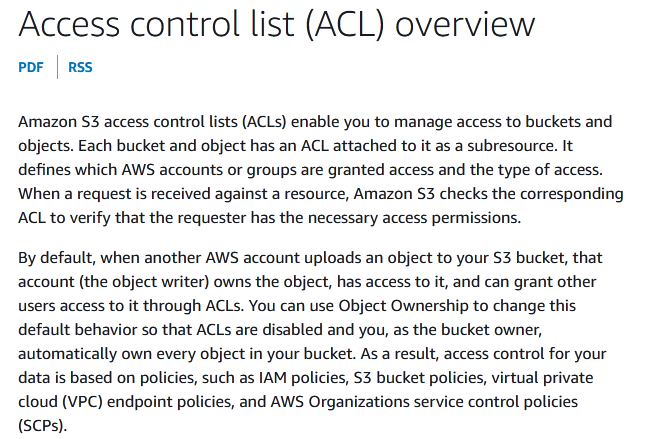An application team is working with a SysOps administrator to define Amazon CloudWatch alarms for an application. The application team does not know the application's expected usage or expected growth.
Which solution should the SysOps administrator recommend?
A
A company runs a stateless application that is hosted on an Amazon EC2 instance. Users are reporting performance issues. A SysOps administrator reviews the
Amazon CloudWatch metrics for the application and notices that the instance's CPU utilization frequently reaches 90% during business hours.
What is the MOST operationally efficient solution that will improve the application's responsiveness?
C
An ecommerce company uses an Amazon ElastiCache for Memcached cluster for in-memory caching of popular product queries on the shopping site. When viewing recent Amazon CloudWatch metrics data for the ElastiCache cluster, the SysOps administrator notices a large number of evictions.
Which of the following actions will reduce these evictions? (Choose two.)
BC
A SysOps administrator wants to provide access to AWS services by attaching an IAM policy to multiple IAM users. The SysOps administrator also wants to be able to change the policy and create new versions.
Which combination of actions will meet these requirements? (Choose two.)
BD
A company stores critical data in Amazon S3 buckets. A SysOps administrator must build a solution to record all S3 API activity.
Which action will meet this requirement?
B
A company must ensure that any objects uploaded to an S3 bucket are encrypted.
Which of the following actions will meet this requirement? (Choose two.)
CE
Reference:
https://docs.aws.amazon.com/AmazonS3/latest/userguide/acl-overview.html#sample-acl
A company has a stateful web application that is hosted on Amazon EC2 instances in an Auto Scaling group. The instances run behind an Application Load
Balancer (ALB) that has a single target group. The ALB is configured as the origin in an Amazon CloudFront distribution. Users are reporting random logouts from the web application.
Which combination of actions should a SysOps administrator take to resolve this problem? (Choose two.)
CE
A company is running a serverless application on AWS Lambda. The application stores data in an Amazon RDS for MySQL DB instance. Usage has steadily increased, and recently there have been numerous "too many connections" errors when the Lambda function attempts to connect to the database. The company already has configured the database to use the maximum max_connections value that is possible.
What should a SysOps administrator do to resolve these errors?
B
A SysOps administrator is deploying an application on 10 Amazon EC2 instances. The application must be highly available. The instances must be placed on distinct underlying hardware.
What should the SysOps administrator do to meet these requirements?
B
A SysOps administrator is troubleshooting an AWS CloudFormation template whereby multiple Amazon EC2 instances are being created. The template is working in us-east-1, but it is failing in us-west-2 with the error code:
AMI [ami-12345678] does not exist
How should the Administrator ensure that the AWS CloudFormation template is working in every region?
D